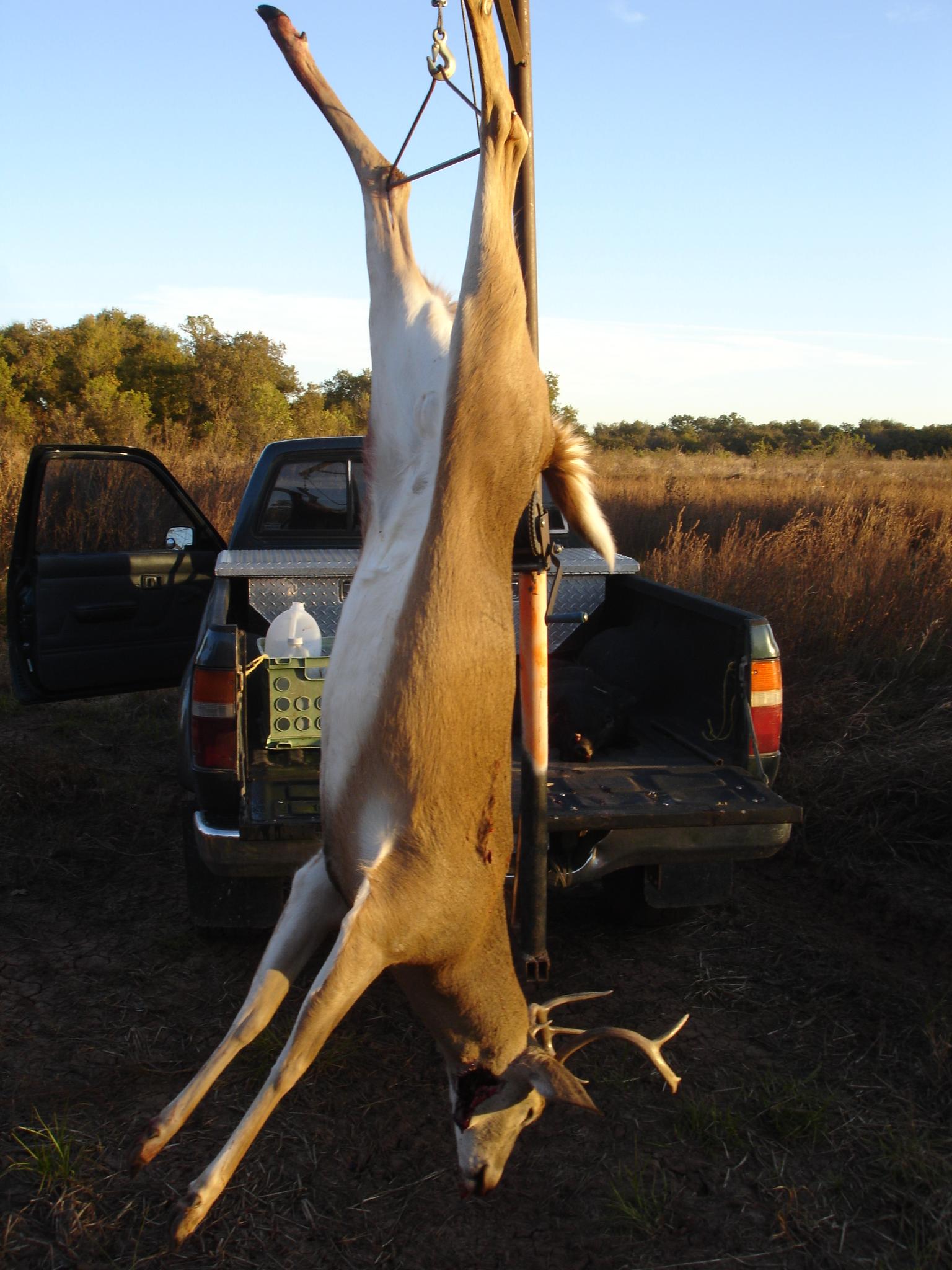- Joined
- Sep 26, 2012
- Messages
- 912
- Reaction score
- 1,236
There has been lots of talk about killing deer etc with 32, 36, 40, 45 - 72 Cal roundballs etc. Yes all will kill if shot was taken from a decent distance and hit in the vitals. Blood Trails will always vary regardless of caliber or charge. As a guy who processes over 1000 deer a year I see all kinds of hits. From shoulder blown to pieces to spine hits, gut shots, butt hits and everything in between. A larger caliber should NEVER be an excuse to make up for poor shot placement. I recently watched a video of a guy who shot a deer at 100 yards using a .50 cal BMG round if unfamiliar its a huge round designed to take out light armor and vehicles as well as people initial intended for military use going 3000fps with 700 grain bullet creating 14,000 ft/lbs of energy. The guy hit the deer in front of the shoulder and the deer ran off with little blood and was seen with hole in it later that day as well as next few days alive. The next day he hit a deer in chest at same distance and the exit hole was so big they couldn't show it on video. Bottom line is use the most accurate caliber you have that is adequate/legal/humane to hunt deer. Guns are tools - in mechanics you always want to use the right tool for the job. The same thing applies here. Now: I will be the first person to admit I challenge myself while hunting using a recurve this year, while leaving a $2500 new wheel bow at home, also using flintlock only this year while leaving modern CF's with high dollar scope/thermals in the safe. But I practiced all off season and ongoing throughout the season with recurve - I can hit ethically out to 40 yards with it but have limited my shot to only 20 yards in the woods on game. Same thing with flintlock I can hit well out to and past 150 yards with the 54 rifle but again I limit my shots in woods on game to 75 yards. Basically, I always use the rule take your max range you're good at on paper then divide it by 2 on game and that's my max distance. I don't make any exceptions to the self-imposed limitations. There's too many variables that happen in the woods, game moves, leaves/brush, limited light, unknow distance, etc., all come into play. In the processing shop each year we cut the top off a 2- liter bottle and label it for the year and its called the "death cup". We pull everything from deer broadheads, 22lr bullets, bird shot, buck shot, heck I've pulled out headlight pieces to broken off antler tips all nonlethal hits. Of course we pull out a mess of lethal hits too.
One more thing people come in getting upset if they did not get a pass through with gun. To me this is better as the deer literally soaked up 100 percent of energy the bullet delivered vs blowing through the deer and only part of energy being delivered to the deer the rest is expended on wherever the bullet/ball hits after. Sure pass throughs lead to better blood trails but its give and take. Anyways I been thinking about making this post for a few weeks and finally spoke my mind. Thanks for listening.
One more thing people come in getting upset if they did not get a pass through with gun. To me this is better as the deer literally soaked up 100 percent of energy the bullet delivered vs blowing through the deer and only part of energy being delivered to the deer the rest is expended on wherever the bullet/ball hits after. Sure pass throughs lead to better blood trails but its give and take. Anyways I been thinking about making this post for a few weeks and finally spoke my mind. Thanks for listening.






